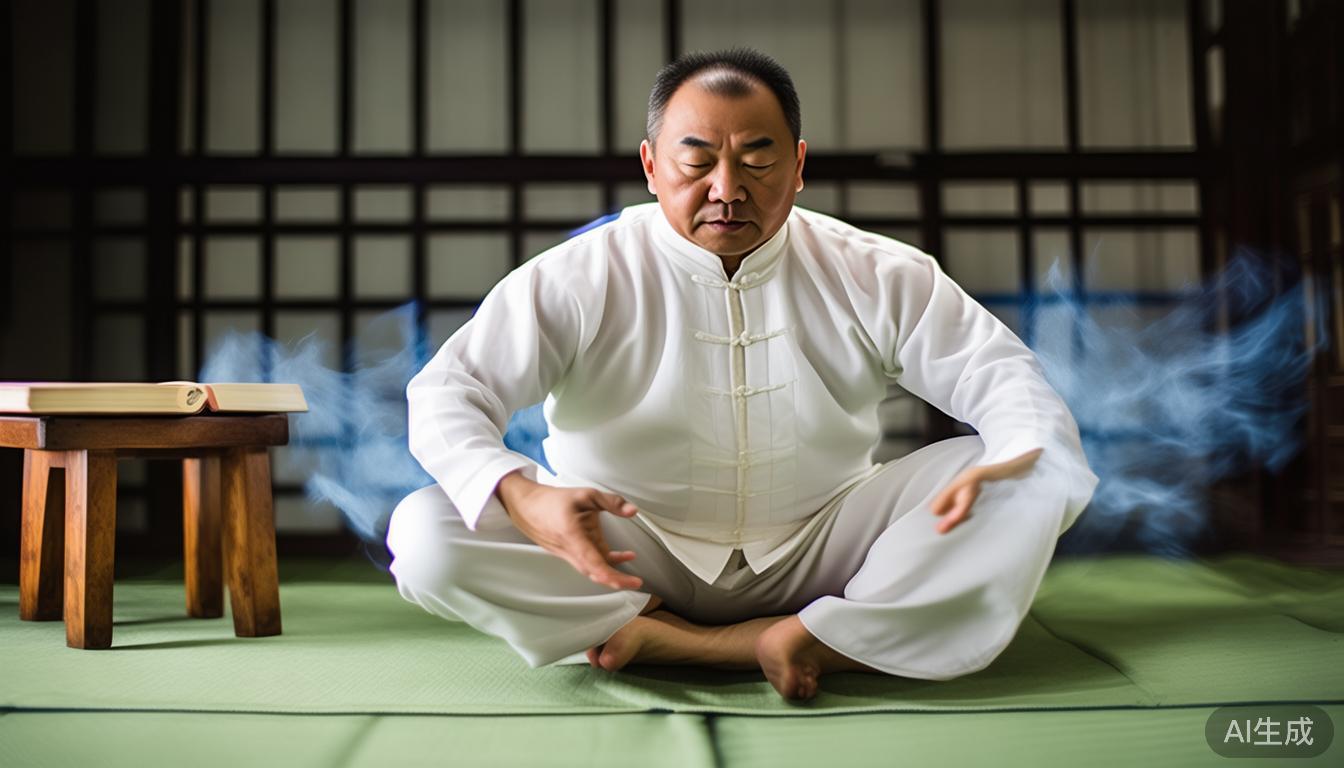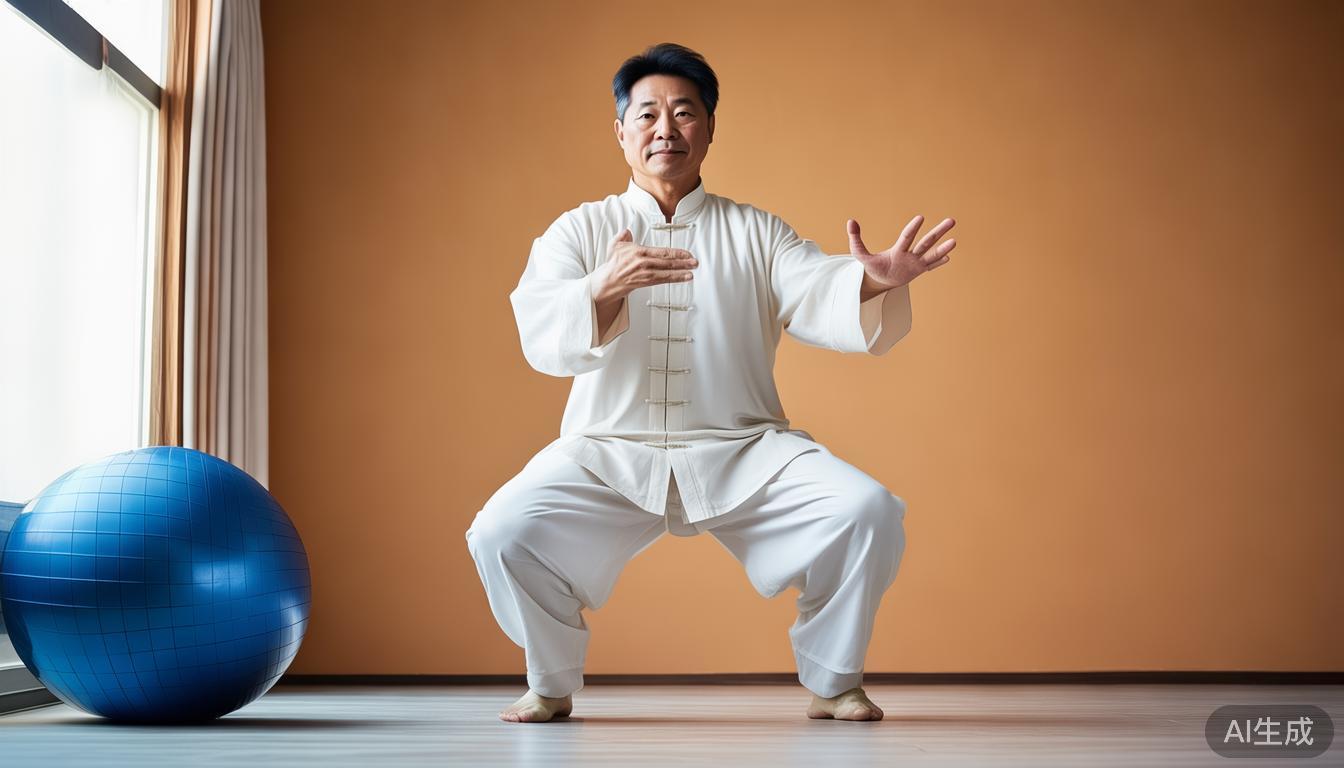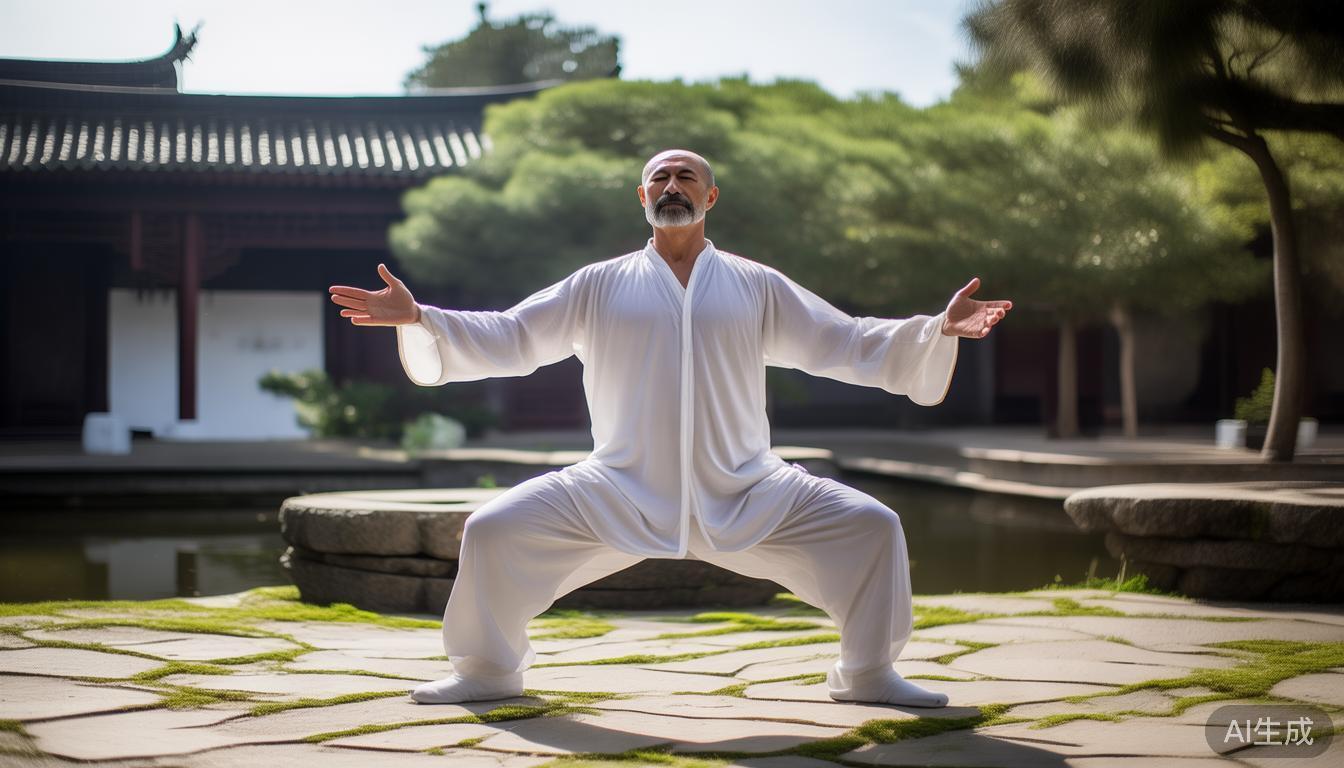Pain in the knees when practicing Tai Chi is a problem that many practitioners will encounter. As a coach who has taught Tai Chi for a long time, I have witnessed too many cases of knee joints being damaged due to inappropriate movements. Tai Chi is supposed to be a sport that can soothe the body and mind. However, if you ignore the correct posture and force exertion method, it will add burden to the body. Today I want to share with you a few practical methods to help you effectively prevent and relieve knee discomfort while enjoying the benefits of Tai Chi.
How to Correctly Adjust the Tai Chi Standing Posture
The foundation of Tai Chi is stance, and the key to protecting your knees is also stance. Many beginners easily make the mistake of putting their knees past their toes, which can cause excessive pressure on the knee joints. The correct way to do this is to keep your knees and toes in the same direction, and at the same time tuck your abdomen in slightly, so that your body's center of gravity falls in the middle of the soles of your feet. I often remind students to imagine themselves sitting on a high stool, which can help them find the exact angle of knee flexion. In addition, be sure to keep your feet shoulder-width apart to ensure even distribution of force and prevent excessive stress on one knee.
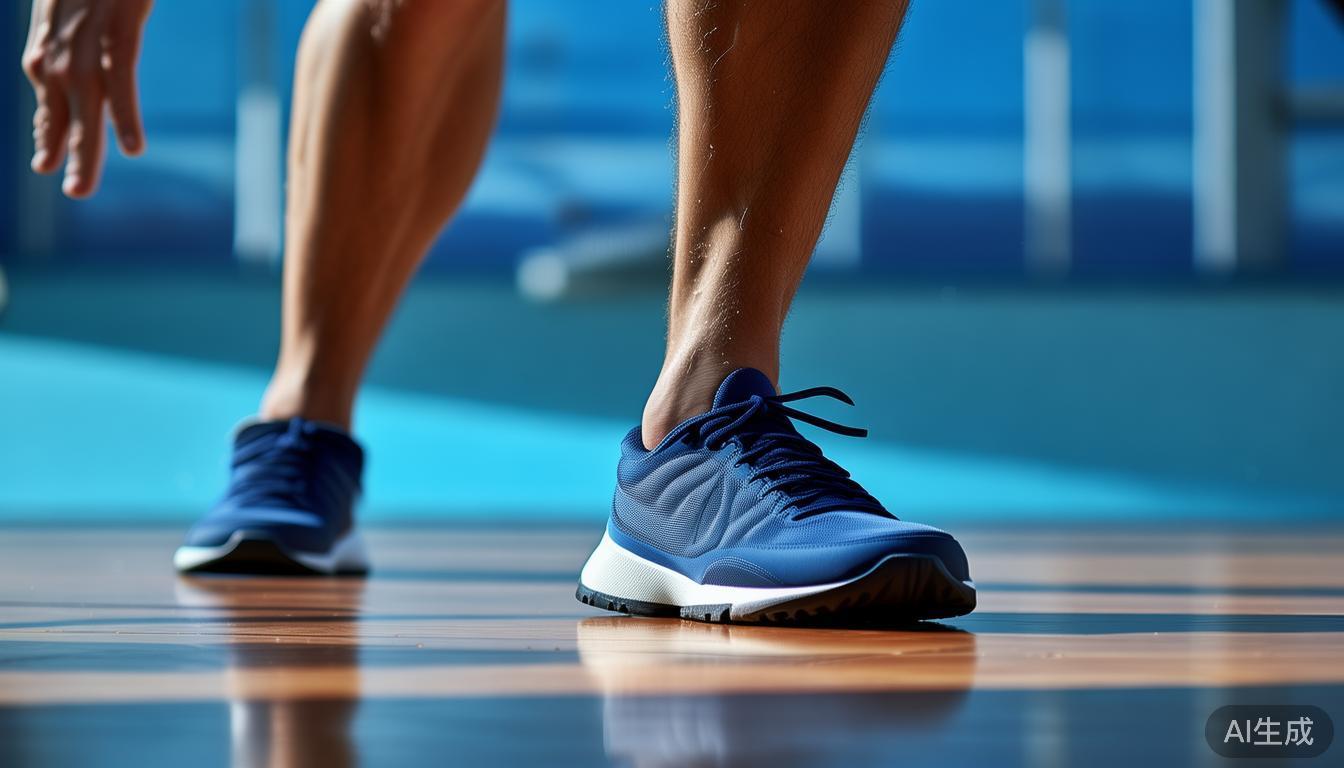
What actions are most likely to cause knee injuries?
Prevent excessive knee joint rotation
How to strengthen knee joints through auxiliary training
In addition to adjusting Tai Chi movements, appropriate auxiliary training can also effectively protect the knees. I recommend you to perform Parkinson Tai Chi squats against the wall every day. This action can strengthen the muscles on the front of the thigh and provide better support for the knee joint. In addition, walking barefoot on the grass can exercise the plantar muscles and improve the body's balance ability. Remember to stretch before and after exercise, especially to relax the muscles in the front and back of your thighs. Just follow these simple exercises for two weeks and you'll notice significant improvements in knee stability.
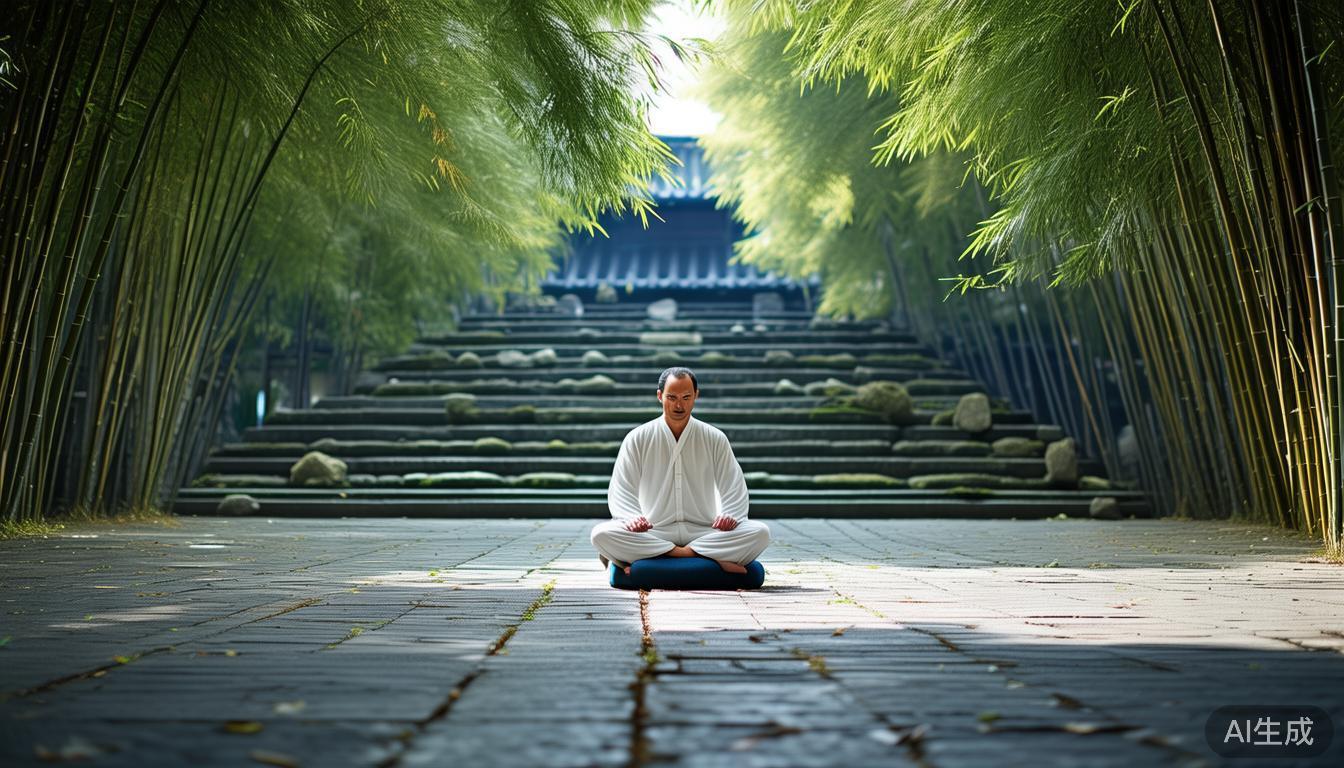
How to warm up before practicing Tai Chi
To prevent knee pain, adequate warm-up is an important step. Before formal practice, I have the habit of doing joint activation exercises for ten minutes. Starting from the ankle, slowly move the knee joint upward, and then move the hip joint to allow the synovial fluid in the joint to be fully secreted. Then perform dynamic stretching, such as leg swings, lunges and twists, to prepare the muscles and ligaments for movement. Special reminder: when the weather gets colder, the warm-up time should be extended appropriately, because low temperature will make the joints stiff and more susceptible to injury.
Using the above methods, my students generally report significant relief from knee pain. I don’t know what kind of joint problems Zhu Zhi encountered while practicing Tai Chi? Welcome to share your experience in the comment area. If you find these suggestions helpful, please like and support so that more Tai Chi enthusiasts can see this article.



